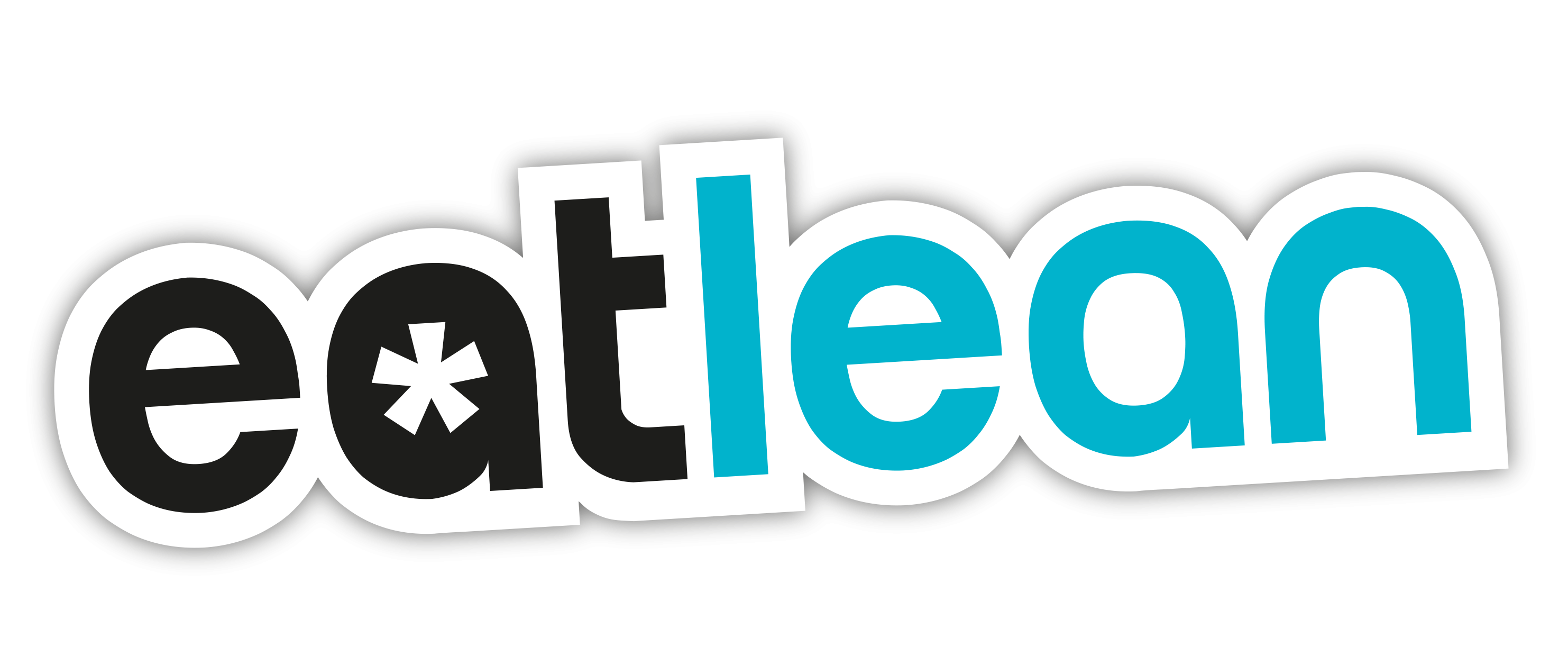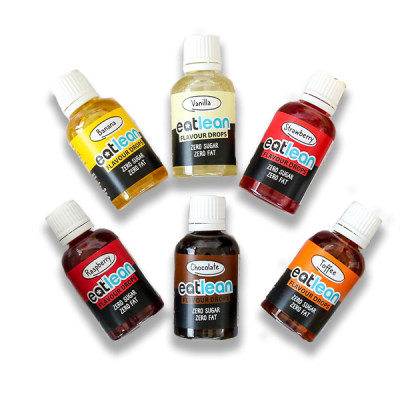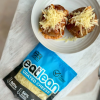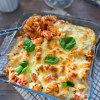Fueling An Active Lifestyle With Real Food

We’re all aware that being active is key to a healthy life. What does this mean exactly? Maybe it’s getting our steps in, going out for a run (did you start doing this during lockdown and kept it going? If so, then awesome!), heading out on your bike or even getting a gym session in. All this is great. But how much attention are you paying to what you eat?
Let’s start with an incredibly quick overview about energy and energy balance.
Whenever we eat and drink, we are putting energy into our bodies (calories). We then expend this energy in four different ways. We all have a unique basal metabolic rate based on our sex, height, weight and age. This is what keeps us alive. We are continually using energy to breathe, pump blood around the body etc. This is the main way we use energy – it’s what keeps us alive. We also use energy to process the food we eat. Going to the gym and performing structured exercise is another way we use energy (although the amount can be wildly overestimated!). But the big way to expend more energy is simply to be more active. So, getting your steps in, using the stairs rather than the escalator or lift, doing the housework or gardening, even twitching your legs all require energy. And the more of this you do, the more energy you use.
So, when we talk about fueling for an active lifestyle, the first thing we need to consider is how much do we actually need to eat? Well, like so many things in life, it depends. The first thing I’d suggest you do if you have no idea of your daily calorie requirement, is to head to a calorie calculator. You’ll be asked your height, weight, age, and sex and crucially, how active you are. This is where you need to be honest if you’re looking to get the most out of your diet. You’ll then be given a range of calories to eat within. This is a great start.
So, once you’re aware of how much you need to eat, next comes the question of what should you eat? What you put in your mouth can make an enormous difference to both your weight but also your energy levels and performance.
So, let’s start with the non-negotiables. You need to be consuming adequate protein for growth and repair. So, if you’re looking to improve endurance or strength and also enjoy good skin, strong hair and nails, you need to be putting an adequate amount of protein on your plate. Think poultry, meat, fish, seafood, pulses, cottage cheese, Eatlean cheese and Greek yoghurt for starters. Alongside your protein, consider your fruit and vegetable intake. A good range of fruit and veg will ensure you are getting a healthy range of vitamins and minerals into your body. So don’t be afraid to pile these onto at least half of your plate and aim for a variety of colour.
Once you have added these to your plate, you have a little leeway on what else is added but before doing this, read on. How active you are, and what activity you do is exceptionally important. So, we haven’t talked about carbohydrates and fats yet. Both will provide a great source of energy and therefore both can (and should!) be enjoyed. I’m talking here about things like rice, noodles, bread, pasta, oats etc (carbohydrates) and nuts, seeds, avocados, olives and olive oil as examples of fats.
If you prefer one of these over the other, go ahead and have more of this but if you’re looking at managing your weight, ease of a little on the other. For example, if hummus and avocados will be forming a big part of your diet, you may require less carbohydrate. If a massive bowl of pasta is more your thing, go gently with the olive oil and peanut butter.
Now, if the kinds of activity you enjoy are things like dancing, steady state running, brisk walking or weight training with high repetitions (like BodyPump), this kind of dietary flexibility will work fine for you.
But if you have a more sports performance goal (eg running a PB, improving your hill climbs on the bike, chasing a 1RM squat etc, playing football or other sports) you’re going to need to be a little more precise about what you eat. Without getting too geeky, let me explain. For the aforementioned exercises like brisk walking etc, we take in oxygen as we’re moving, as we are exercising aerobically. Our bodies are very good at making energy from fats to do this. However, when we accelerate or try and power lift heavy weights, sprint towards goal etc, we are working anaerobically ie without oxygen. And to use fat as energy, oxygen is required. So, our body has to draw on its carbohydrate stores to do this. Therefore, having adequate carbohydrate in your diet is crucial for this kind of activity.
To summarise. Everyone needs to be consuming adequate protein and fruit and vegetables. Then depending on your preferred activity and preference, go for either a mix of fats and carbohydrates, or increase your carbohydrate intake if your activity is more performance based.
If in doubt, speak to a nutritionist who will be able to help you plan your food intake to not only optimise your health, but also to ensure you’re enjoying your food. After all, food is there to be enjoyed isn’t it?
For more healthy eating tips, tricks and awesome low calorie, high protein recipe ideas visit our Lean Meals Zone






